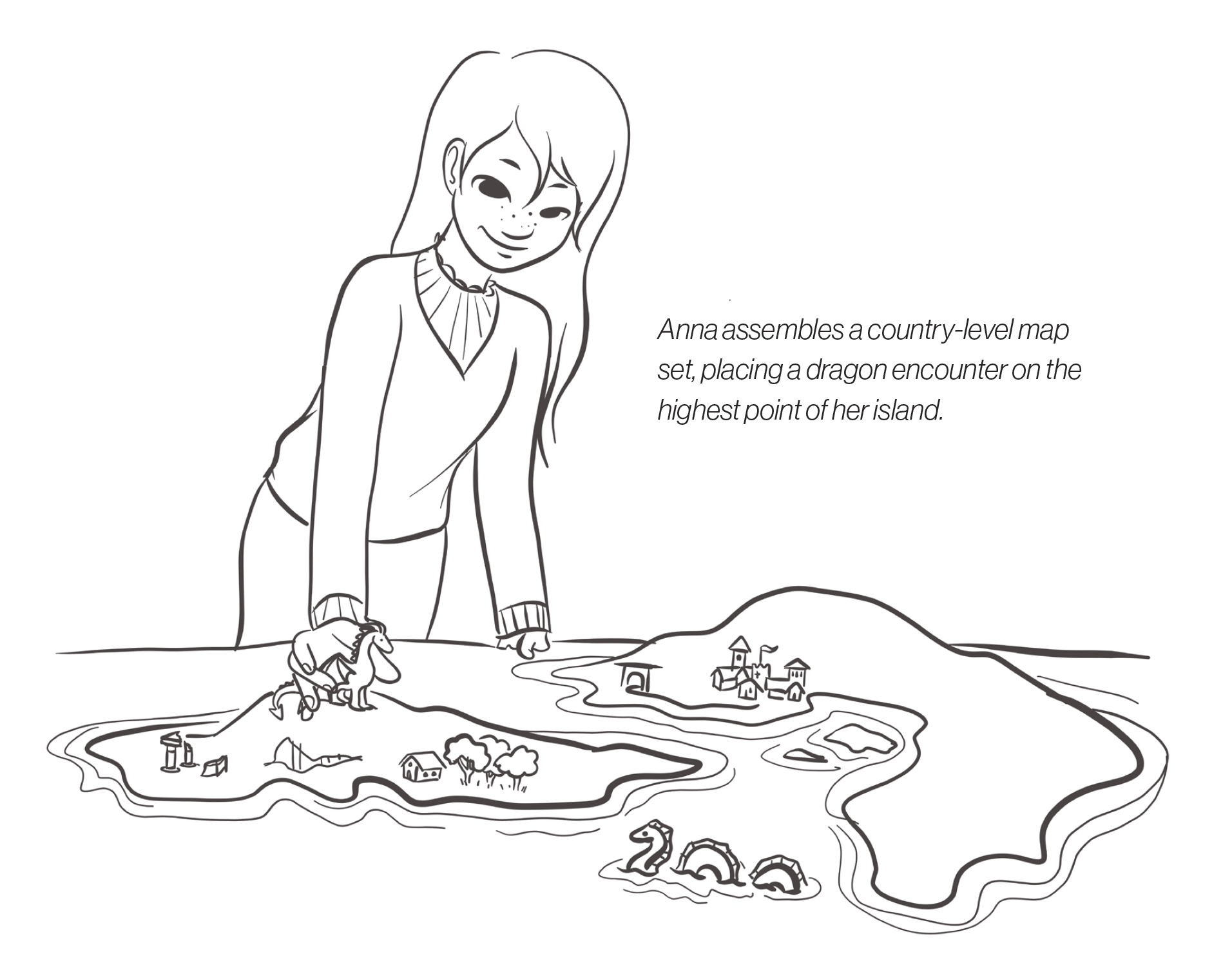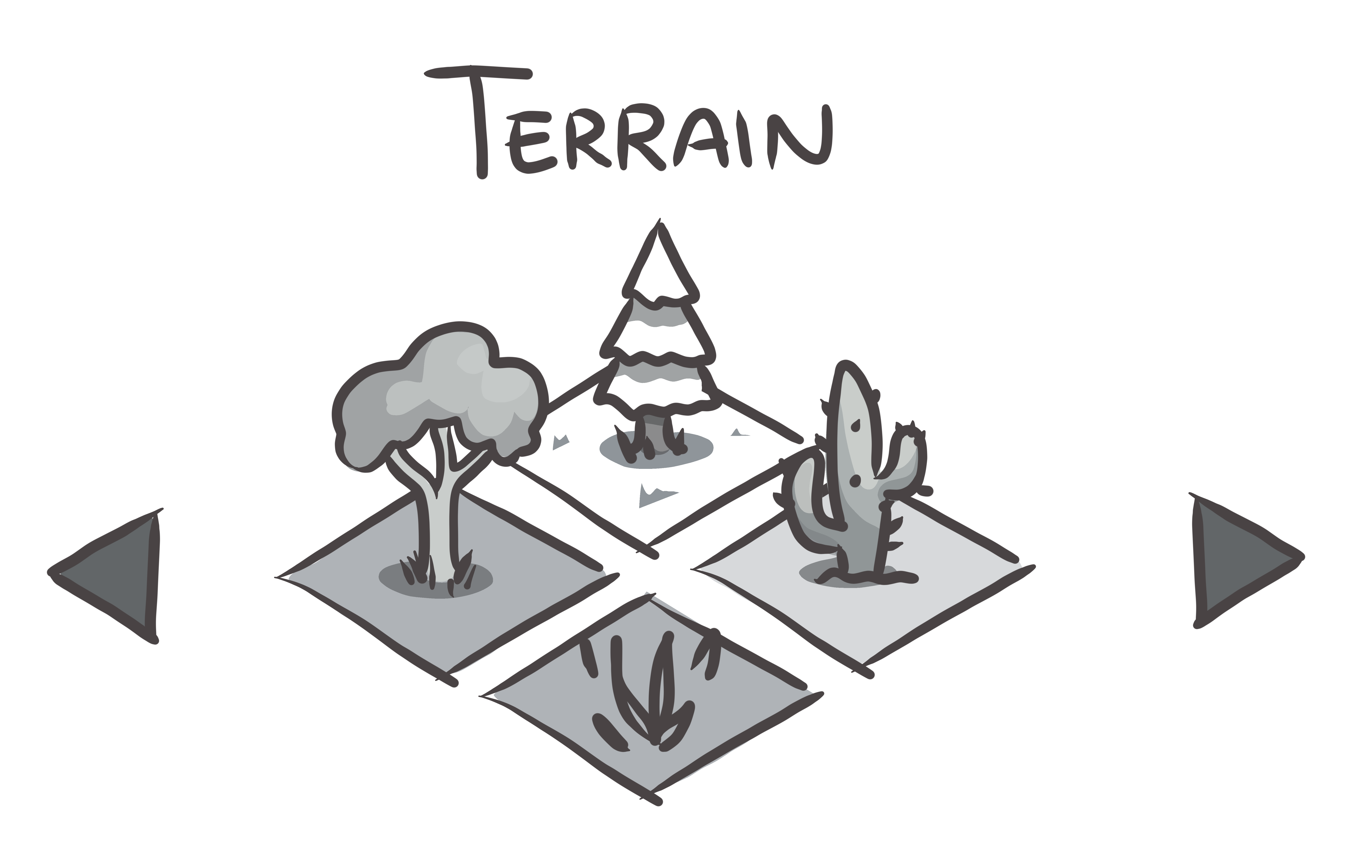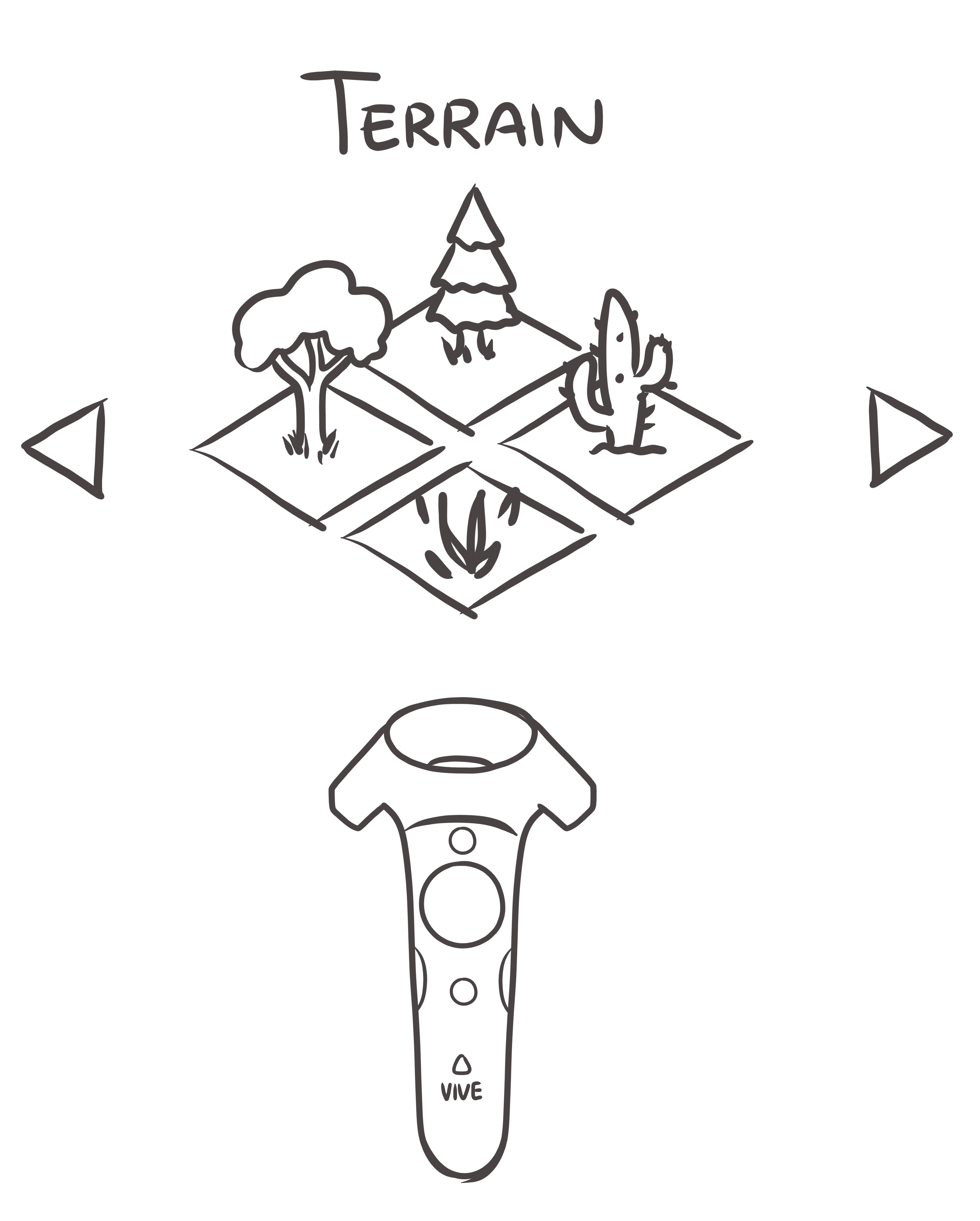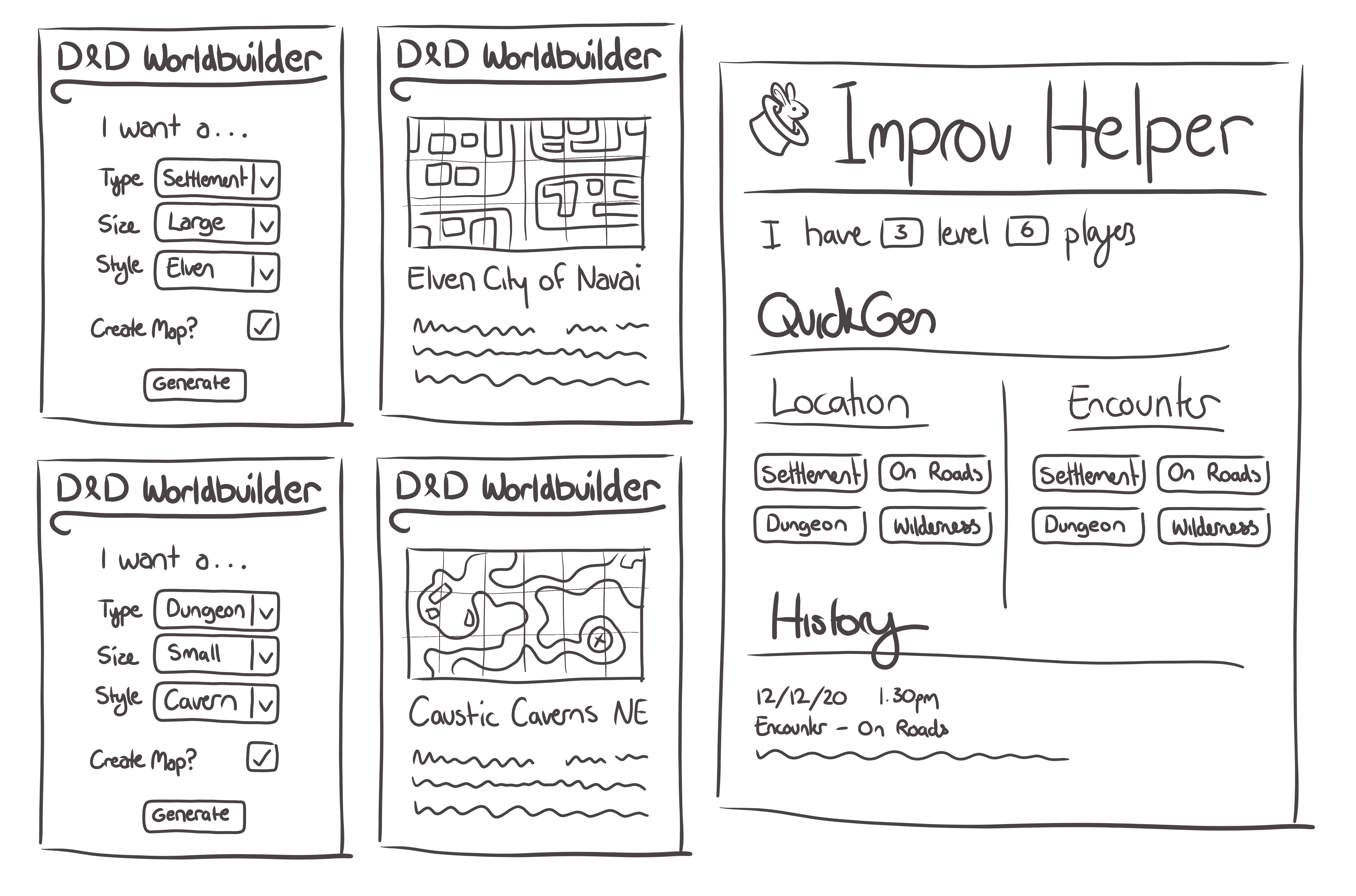Fictional Worldbuilding Tools
How might we make the D&D worldbuilding process an effective, enjoyable experience for both the players and game master?

Challenge & Goal
Dungeons and Dragons (D&D) is an interactive storytelling adventure game, usually played in groups of three or more people, using human imagination and a set of official rules published by company Wizards of the Coast. The game is run by a Game Master (also called Dungeon Master or GM/DM) who facilitates the game for the players.
The game itself is centred around a particular setting and plot premise, called a campaign, which is often devised by the GM from their own imagination, rather than from published material. During game sessions the players act as characters in the campaign, and it is the GM's role to describe the world and how it behaves in response to the player characters actions.
The basis of this design project is the difficulty Game Masters experience in development of a custom setting. Here setting means “the in-game location or type of surroundings where the campaign takes place.” This setting-creation process is sometimes referred to as worldbuilding.
Methods & Skills
Research Questions
- What do D&D players want out of their campaign setting?
- What do GMs typically do when planning a homebrew setting?
- What is the most time consuming part of setting planning?
- What parts of setting planning are most and least important?
Research Methods
Primary Research: Qualitative data was sourced from online communities, particularly discussion in public forums. This data shows considerable bias, as only those with access to said online communities personally motivated to participate will be present in such discussions.
Data was sourced from the following online communities and question boards:
- Reddit: /r/dndnext, /r/DMAcadamy, /r/DnD
- D&D Beyond Forums
- RPG Stack Exchange
Key Findings
The Worldbuilding Trap
When creating a fictional setting, GMs tend to go overboard. They attempt granular detail of every aspect and get caught up in the creative process, without thinking of their audience: the players. One forum poster admitted they became so enthralled with worldbuilding they never made it to the point of running their D&D campaign.
Over-Preparation and Incorrect Predictions
Due to the player autonomy inherent in D&D, players will often miss or choose not to explore vast quantities of the GMs pre-prepared content. This can be frustrating for the GM as it can be seen as wasted work.
Exposition Suffocation
If an ‘overbuilt’ campaign setting does eventually make it to the point of play, the players are often subjected to copious exposition as the GM tries to explain how cool and deep their world is. This can get in the way of the players participation.
Purpose
Certain GMs enjoy worldbuilding for the sake of it, there is nothing wrong with this. The only time worldbuilding gets in the way is when it isn’t fun, either for the GM or the players. When that is the case, a different strategy is needed.
Analysis and Visualisations



Design Concepts
Physical Atlas
Problem: Difficulty coming up with vivid descriptions.
Solution: Physical Atlas (Model Kitset Series)
A possible but costly and space-consuming solution may be to purchase scale model sets and literally ‘build the world’ in physical space.
Many RPGs sell character miniatures and tile-sets of various terrain that can be used to recreate environments and assist players in visualizing the space. We could take this concept a step further and develop a series of special kits that cater to the various levels of maps: localized areas, cities, countries/realms, continents, global, and galactic scales – a physical 3D atlas.



Worldbuilder VR Application
Problem: World visualisation with a lack of art skills; depiction of fantastic elements.
Solution: Worldbuilder VR (Virtual Reality App)
With the aid of cutting-edge technology, such as VR Sculpting, physical limitations can be ignored thus allowing the creation of floating islands, impossibly tall spires, and buildings with spindly spider legs.
The application could allow simple and intuitive sculpting and painting functions potentially assisting less skilled worldbuilders to achieve satisfying results.
Users could share their creations in the community portal, allowing other GMs to use the content in their own campaigns. This feature would allow play-motivated GMs to ‘skip’ formalized worldbuilding in favour of assembling community content to make a suitable game for their players.



Improv Helper Web App
Problem: Over-Preparation and Incorrect Predictions
Solution: Improv Helper (Web App)
Improv Helper is a simple web app that allows GMs to specify their party level and number of players, and then randomly generate location descriptions and appropriate encounters. This helps GMs when players choose to go somewhere unexpected and it becomes necessary to insert something interesting in place of the planned adventure.

Contributions & Credit
This was an individual project for my academic studies, all work is my own.
Learning & Insight
Over the course of the project I used several different planning methods and tools to keep me grounded, these included: gantt charts, calendar timeboxing, pomodoro, Asana, and Notion. This experimentation was useful, over time I created a more standard workflow with particular software preferences for certain tasks.
The part I found most challenging was coming up with a colour scheme and applying those colours effectively. In the end I did not find one I liked better than a simple greyscale. I discovered that greyscale tones help emphasize the data and equalise the attention given to text and graphics.